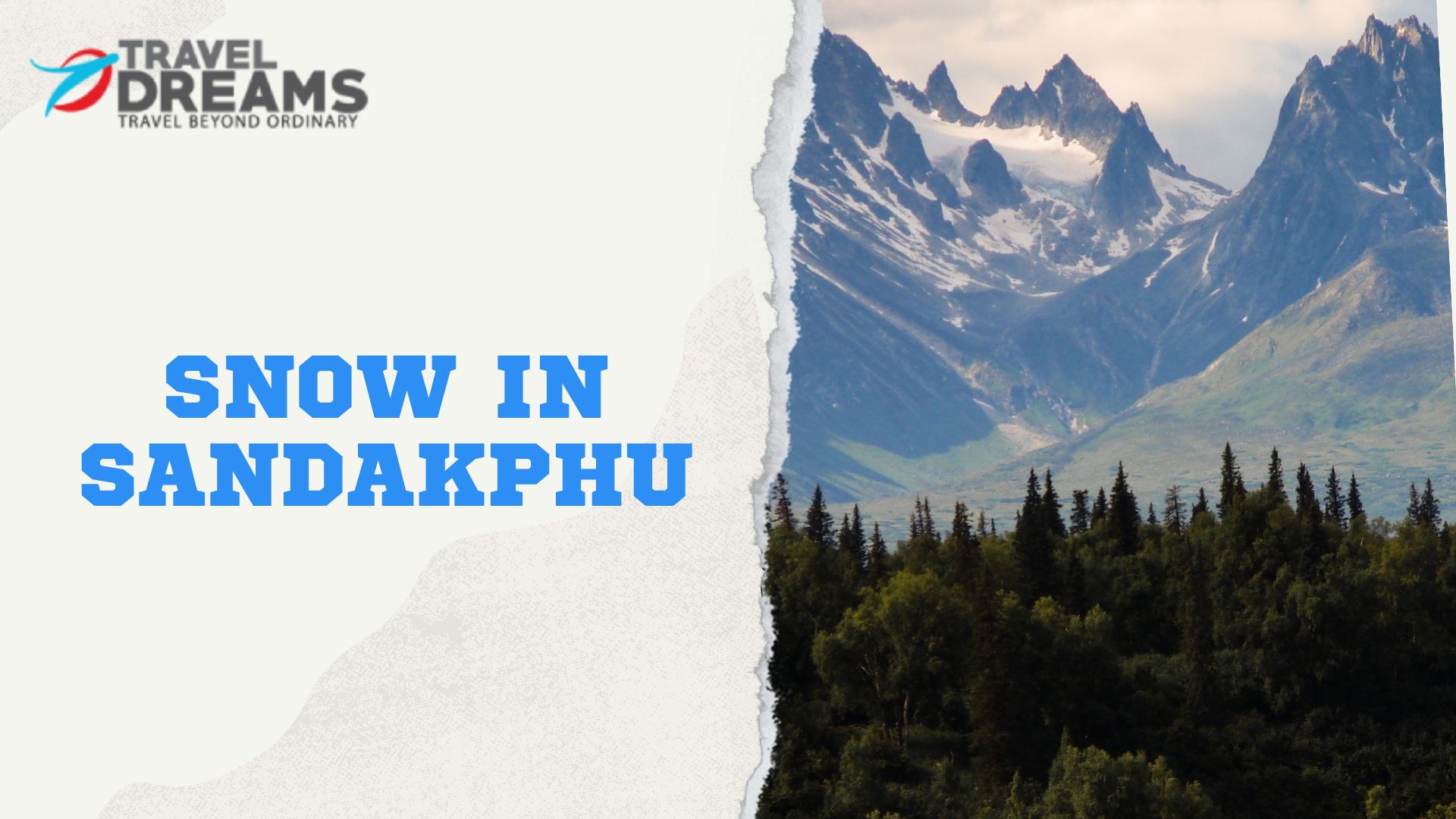
If you’re an ardent trekker or just someone who loves basking in nature’s beauty, this place should definitely be on your bucket list.
Now, I know what you’re thinking – “Can we really see snow in Sandakphu?” Well, let me put your doubts to rest. The answer is a resounding yes! In fact, that’s one of the biggest draws of this place. Sandakphu, at an altitude of 3,636 meters (11,929 feet), is the highest point of the iconic Singalila Ridge, and it’s blessed with a substantial amount of snowfall during the winter months.
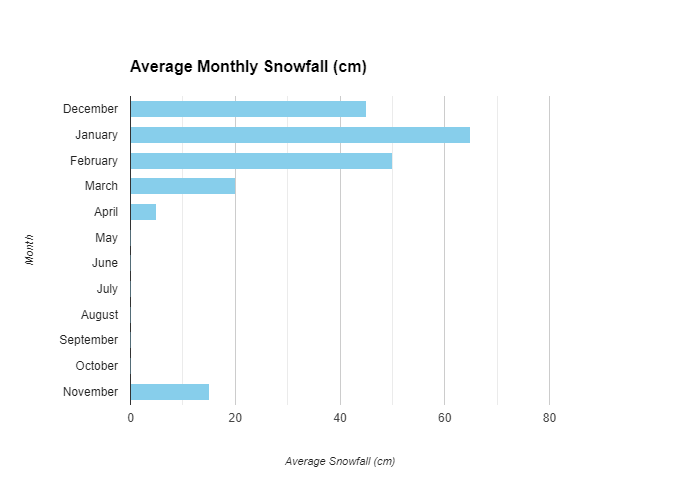
Imagine trekking through the rolling hills, surrounded by towering peaks, and suddenly finding yourself in a winter wonderland! The entire landscape is blanketed in pristine white snow, and the air is crisp and invigorating. It’s like stepping into a scene straight out of a fairytale.
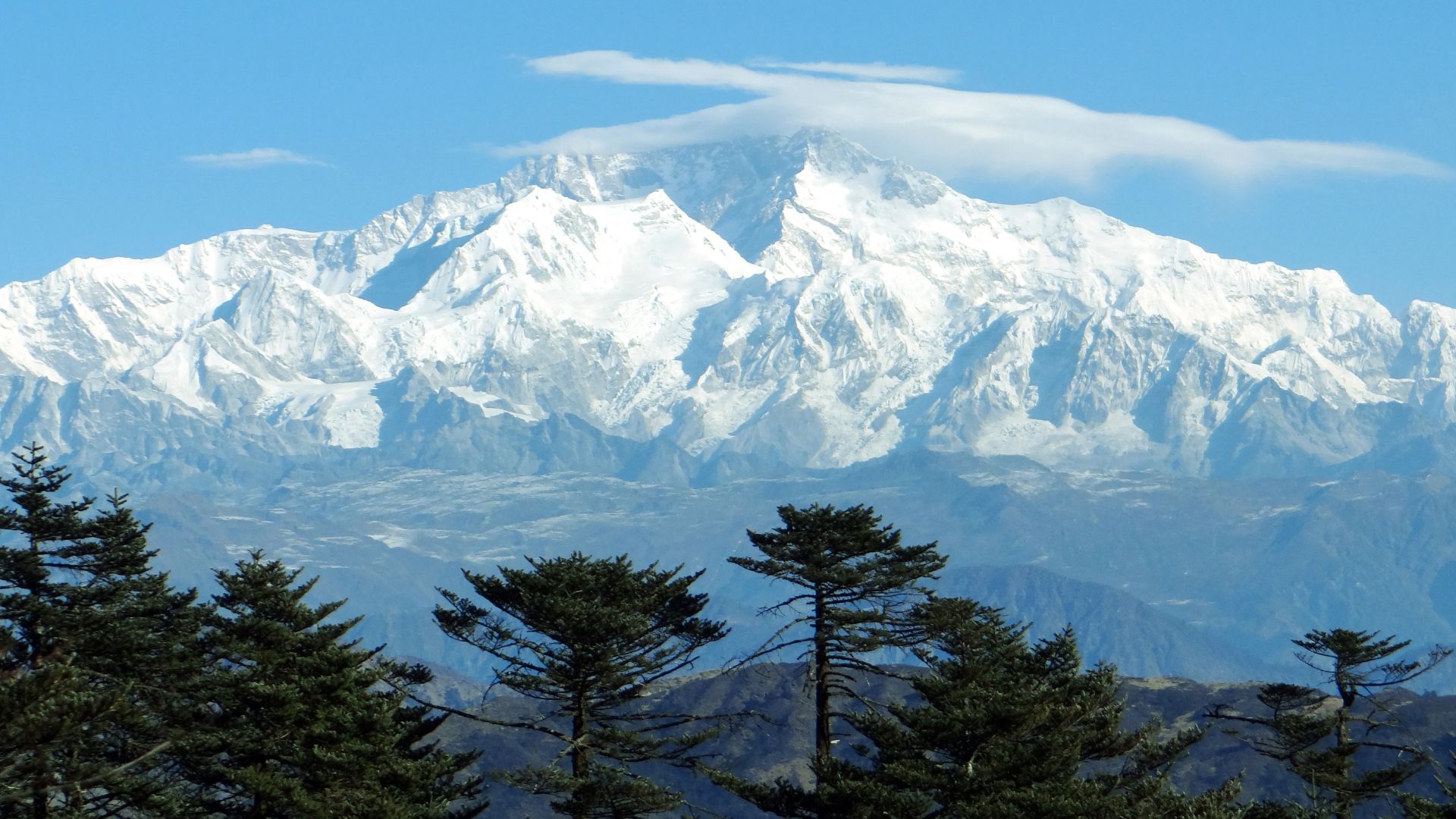
But wait, there’s more! Sandakphu isn’t just about the snow – it offers some of the most breathtaking panoramic views you’ll ever witness. From this vantage point, you can feast your eyes on four of the highest peaks in the world: Mount Everest, Kanchenjunga, Lhotse, and Makalu. It’s an experience that will leave you awestruck and humbled by the sheer majesty of nature.
When you can see snow in Sandakphu?
Now, let’s talk about the best time to visit Sandakphu if you want to experience the snowy magic, and what the weather is like month-wise:
December: This is the start of the peak winter season in Sandakphu. Temperatures can drop to around -5°C (23°F) at night, and the area receives heavy snowfall. The trails are covered in thick snow, and the views are simply stunning. However, the extreme cold and treacherous conditions make trekking challenging, so it’s best to go with experienced guides.
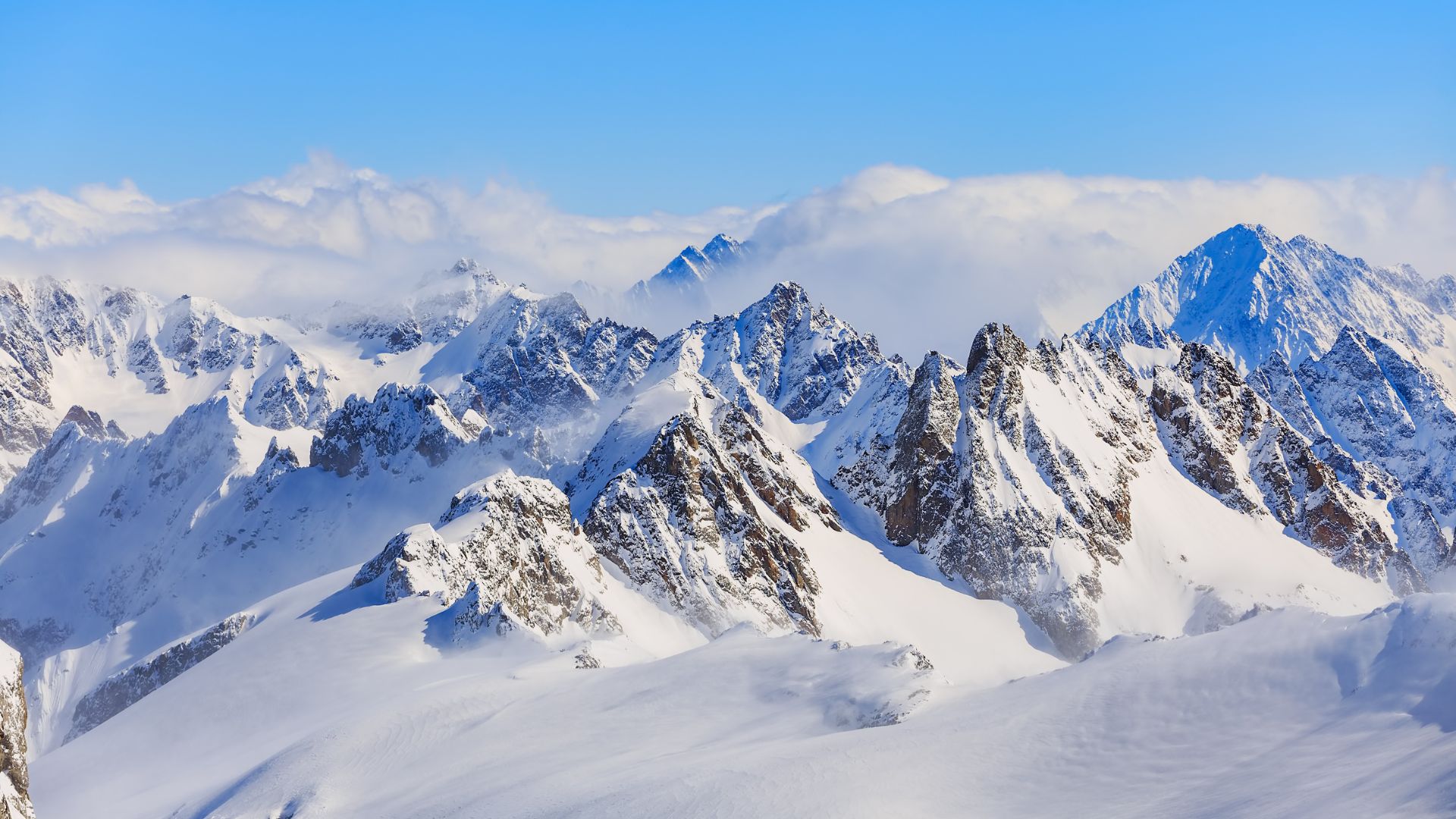
January: January is one of the coldest months in Sandakphu, with temperatures ranging from -10°C (14°F) to -2°C (28°F). The region is blanketed in deep snow, and the skies are often clear, offering unobstructed views of the Himalayan peaks. Trekking during this time can be incredibly rewarding but also demanding, so proper preparation is crucial.
February: As winter starts to wane in February, the temperatures in Sandakphu gradually rise, ranging from -5°C (23°F) to 5°C (41°F). The snow starts to melt, but there’s still plenty of it around, creating a picturesque winter wonderland. This month can be an ideal time for trekking, as the conditions are more manageable, and the crowds are smaller.
March: By March, spring starts to make its way into Sandakphu. Temperatures range from 0°C (32°F) to 10°C (50°F), and the snow begins to retreat. While you may still see some patches of snow, the landscape starts to turn lush and green. This can be a great time to visit if you want to experience the transition from winter to spring.
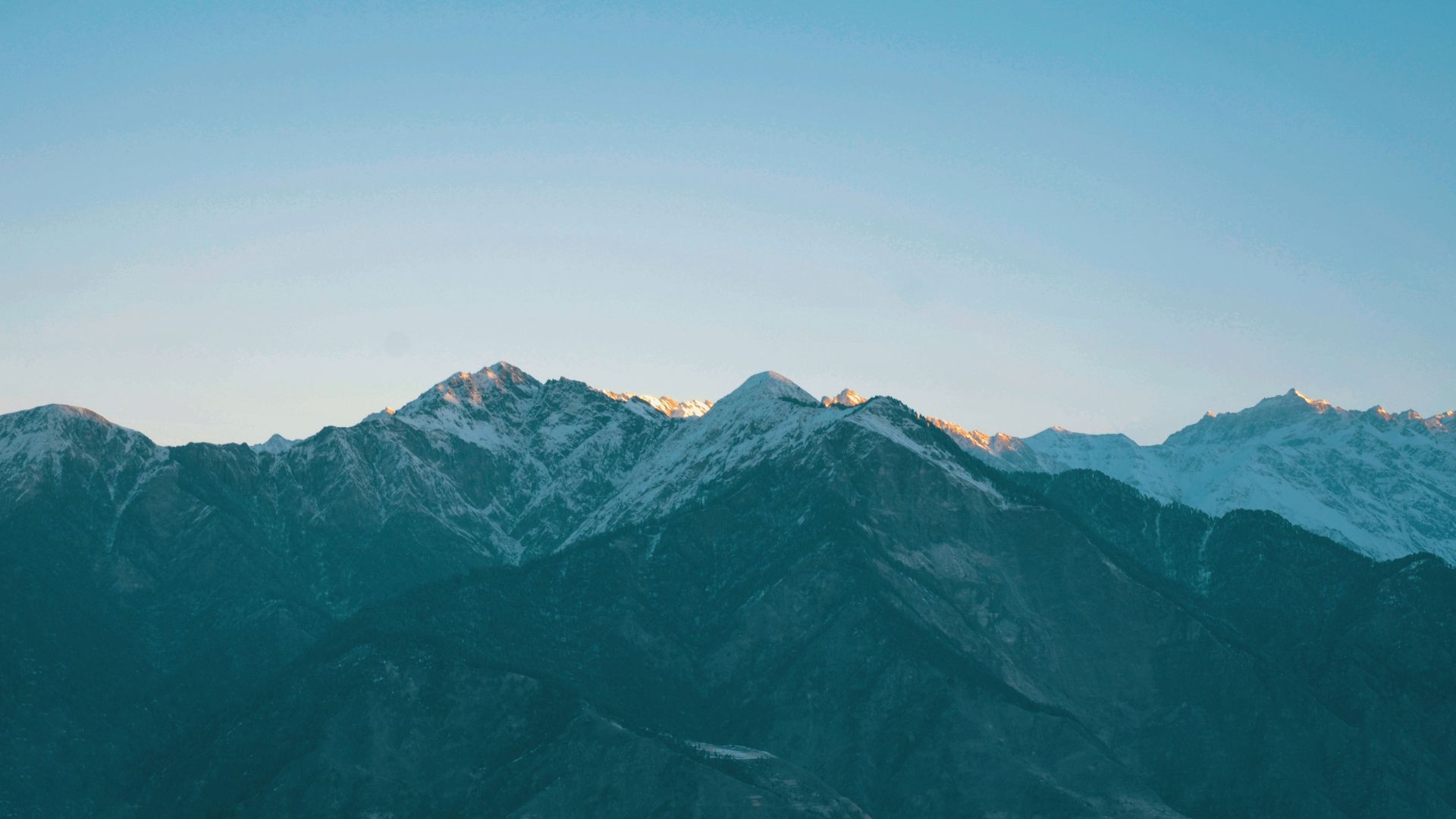
April – November: During these months, Sandakphu is mostly snow-free, with temperatures ranging from 10°C (50°F) to 20°C (68°F). While the snowy magic is gone, the region is still breathtakingly beautiful, with lush green meadows, blooming rhododendrons, and stunning views of the Himalayas. Trekking during this time can be more comfortable, but you’ll miss out on the winter wonderland experience.
One thing I’ll recommend is to pack those warm clothes and waterproof boots, because you’ll be spending a lot of time outdoors, trekking in Sandakphu through the snow-covered trails. And don’t forget your camera – you’ll want to capture every breathtaking moment of this winter wonderland.
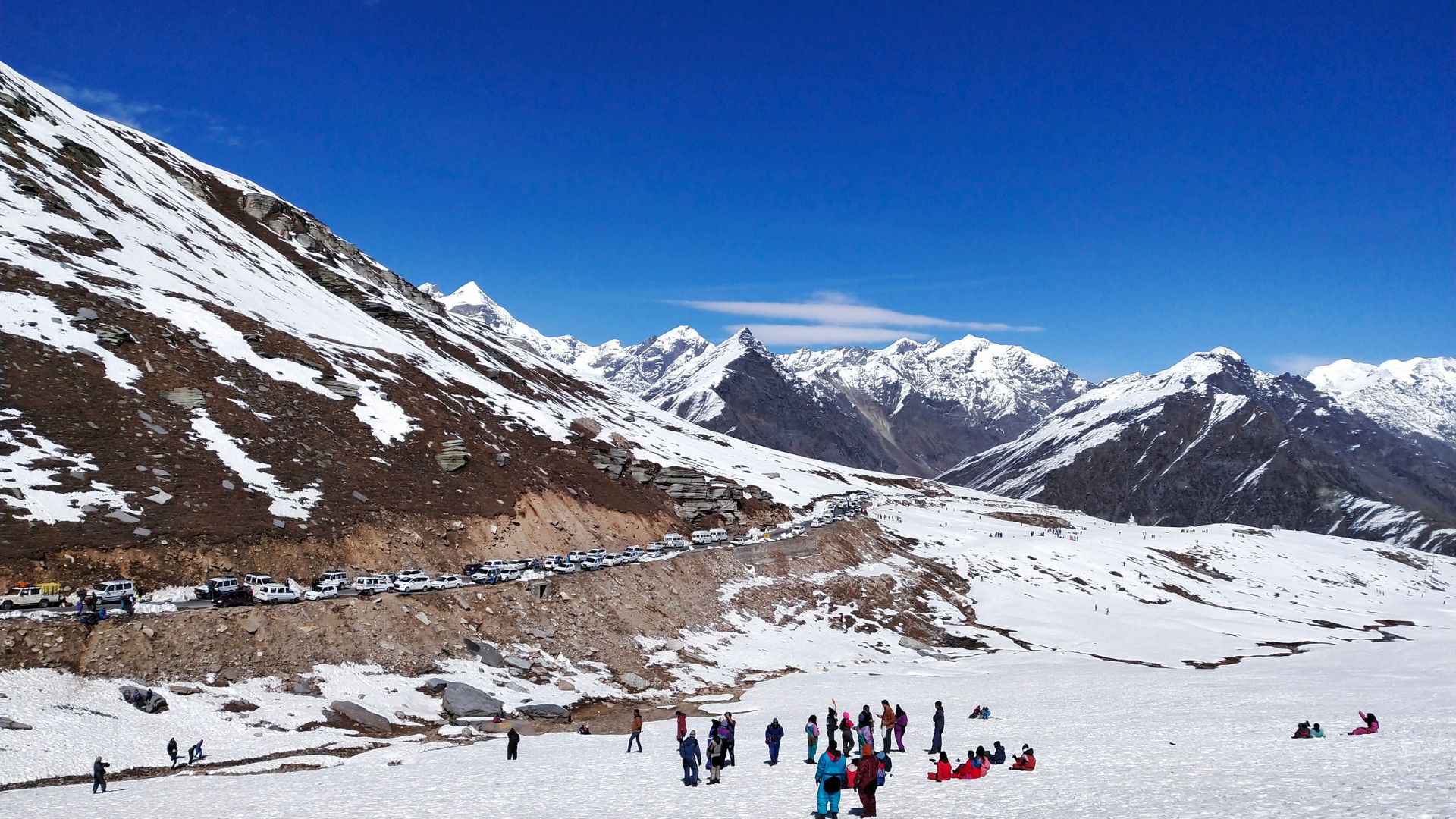
But Sandakphu isn’t just about the snow and the views. It’s also a cultural experience. Along the way, you’ll get to interact with the friendly locals, learn about their way of life, and maybe even try some delicious local cuisine. Trust me; a hot cup of tea and some momos (dumplings) will taste like heaven after a long day of trekking in the snow.
So, there you have it, folks! If you’re looking for an unforgettable adventure that combines stunning natural beauty, snow-capped peaks, and a unique cultural experience, Sandakphu should be at the top of your travel list. Just remember to plan your trip well, pack accordingly, and get ready to create memories that will last a lifetime!
